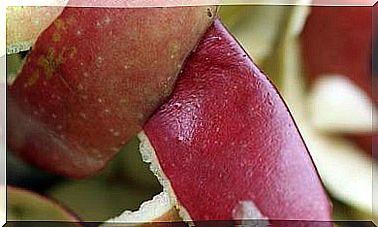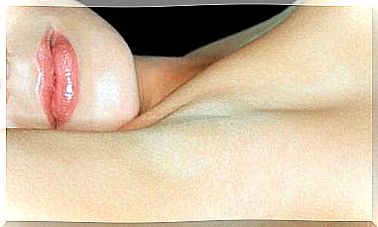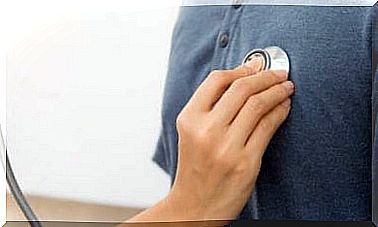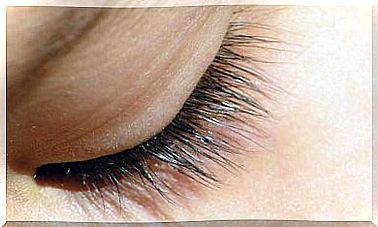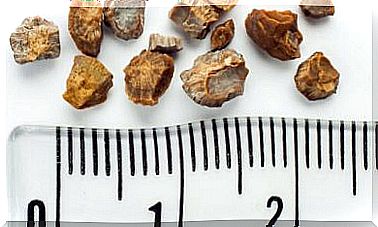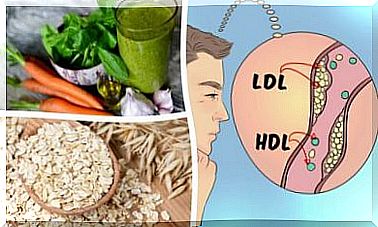Nipple Discharge: Causes And Recommendations
Nipple discharge is a common reason for a visit to the gynecologist. Establishing the cause is important to reduce your risk of more serious illnesses. Do you want to know more about it?
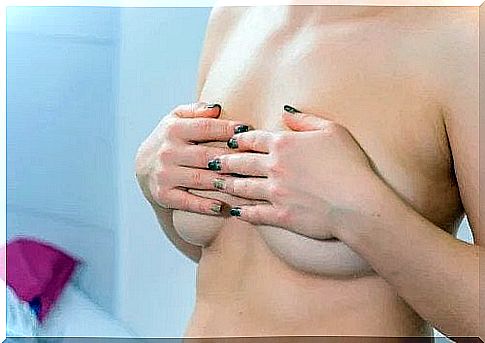
Nipple discharge can be a very bothersome problem, but in all cases it has underlying causes. These range from breast dysplasia to cancer, the latter only in very rare cases.
This condition refers to any breast secretions that occur outside of pregnancy or breastfeeding. The term “galactorrhea” applies to a very similar problem, but in this case it refers to milk production and often has hormonal causes. Do you want to know more about it? Read on for the details!
Nipple Discharge: Are There Other Symptoms?
In general, you will always notice some fluid leaking through the nipple or the small holes on the areola. The nature of this substance depends strongly on its physical properties, and in practice these are quite different. The appearance of these secretions can be as follows:
- Whitish or milky
- Serious, pale or slightly yellowish
- Reddish
- A combination of the above
Depending on the cause, the pain can be permanent or only occur during fluid production. It is also possible to identify a mass or a knot with different properties (size, position, mobility and structure).
In most cases, the discharge is unilateral (that is, affecting only one breast), although it can be bilateral if there are hormonal problems. There may also be nipple shrinkage or reddening of the skin, indicating an underlying inflammation.
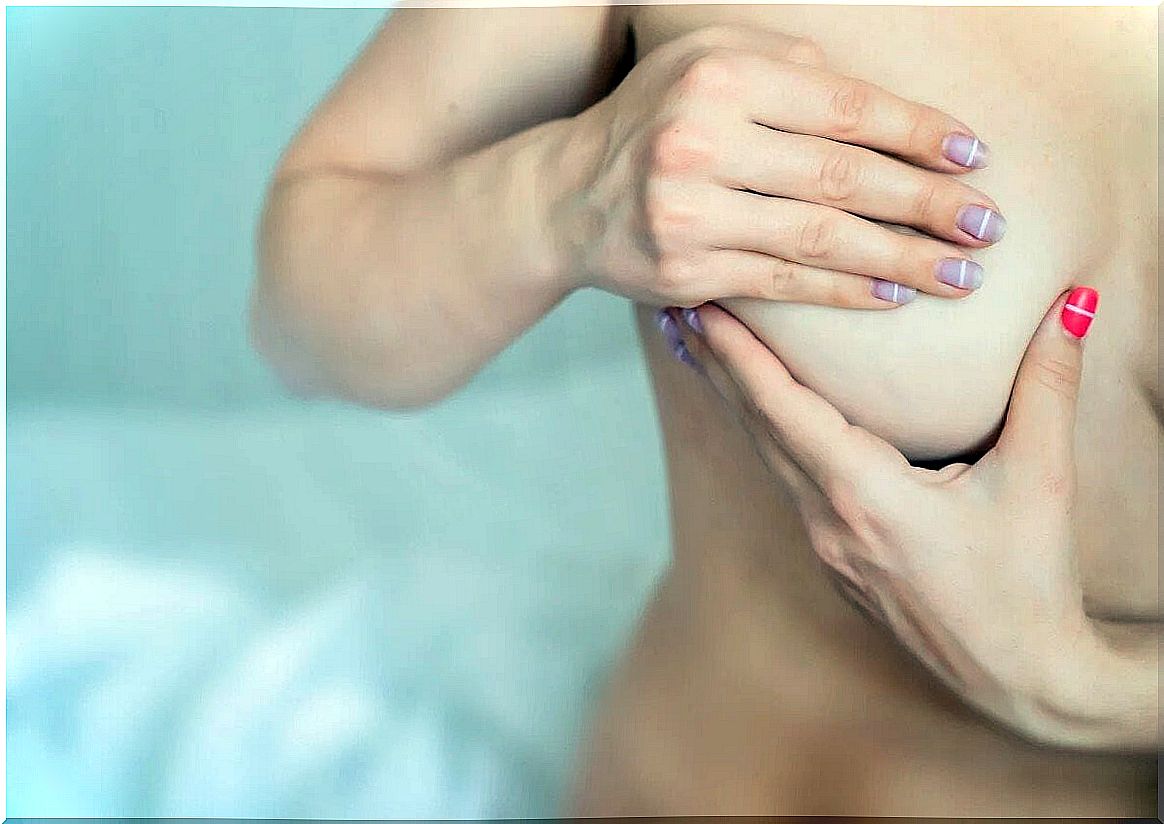
Reasons for the discharge from the nipples
There is a huge list of causes that can produce these types of symptoms. These can be breast-related (for example, infections or cancer) or non-breast-related (brain tumors or medication) in origin.
Most common causes
We will cover breast infections, psychiatric drug use, intraductal papilloma, and fibrocystic breast condition.
1. Breast Infections
Mastitis or breast abscesses are common causes of discharge after a duct opens to allow the contents to escape. The secretion is then purulent and has a bad smell. In addition, there is pain when palpation and there is an increase in volume and reddening of the skin.
This phenomenon is much more common during breastfeeding (due to the baby’s handling of the nipple), but it is also possible outside of this time.
2. Taking psychotropic drugs
Prolactin is a hormone that stimulates the production and secretion of breast milk. It’s regulated in the brain by a neurotransmitter called dopamine.
Treatment with certain drugs that act directly on the central nervous system can change the level of dopamine in the body, which also affects the production of prolactin and breast milk.
Some drugs that can cause milk to leak outside of breastfeeding are phenothiazines, some antidepressants, and anxiolytics.
3. Intraductal papilloma
Intraductal papilloma (milk duct papilloma) is a common benign disease, but due to its characteristics it usually attracts a lot of attention. If there is such a papilloma, several additional examinations are required.
The discharge in this disease is mostly spontaneous and often occurs in premenopausal patients. As in the previous example, this disease also has its origin in the milk duct.
Cell proliferation occurs, which eventually leads to the formation of a small mass that is able to produce serous secretion with a little blood.
4. Breast fibrocystic condition
The disease, also known as breast dysplasia, is one of the most common benign diseases of the breast, according to several epidemiological studies. It is an overgrowth of the “supporting tissue” (connective tissue) that can even occur during the reproductive phase of a woman’s life.
This leads to the formation of medium-sized masses, which can be painful and which secrete a whitish secretion through multiple openings. It usually affects both sides and is one of the most common reasons for a visit to the gynecologist.
Depending on the age of the patient, the doctor will order tests, such as a mammogram, to determine the likelihood of a malignant lesion. However, this is very rarely the case.
Rarer causes
This group includes certain conditions such as galactophoritis, pituitary tumors, ductal ectasia, and breast cancer.
1. Galactophoritis
The breasts contain so-called milk ducts, which can sometimes become inflamed. These are responsible for transporting the substances produced in the mammary glands to the outside.
Often it is a chronic inflammation (that is, it develops over a long period of time) for which no precisely defined cause is known. Therefore, it can be both infectious and non-infectious.
2. Pituitary tumors
The most striking example is prolactinoma, one of the most common causes of nipple discharge from a tumor. In addition , the origin is not breast-related, but lies in the pituitary gland and has the ability to produce prolactin.
As mentioned earlier, this hormone is responsible for stimulating the production of breast milk. Special tests, such as an MRI scan of the brain, are required to diagnose this condition.
3. Ductal ectasia
The term “ectasia” refers to an enlargement or opening, in this case, of the ducts that are near the nipple. There is usually a discharge that can take on a variety of colors, ranging from yellow to brown.
Ectasia of the milk ducts can affect both breasts and is a benign condition as there is no evidence of malignancy if left untreated. However, an assessment by a doctor is always necessary.
4. Breast cancer
We consider this cause to be one of the rarest, because in a few cases the discharge from the nipples has a malignant origin. Breast cancer is usually insidious, which is why it is often only detected in the late stages, when appropriate tests have not been carried out.
Breast cancer can retract the nipple and create a hard mass that is not always painful. The doctor will arrange the appropriate examinations for the diagnosis, such as a mammogram.
When should I see a doctor?
If you have any of the above symptoms, see your gynecologist or family doctor as soon as possible.
This type of problem is usually benign in origin and some cases do not require treatment. Even so, there is a possibility that the discharge is the result of a malignant disease, so medical evaluation is recommended.
Nipple discharge can occur in men, and breast cancer can develop in them too. These patients should see their doctor as soon as possible.

Treatments for discharge from the nipples
Treatment depends entirely on the cause of the discharge and in some cases does not require treatment unless the discharge is causing the person significant discomfort.
In cases where tumor tissue is growing (papillomas, prolactinomas, and cancer), treatment may involve a surgical solution with removal of the affected mass.
If it is a condition that has arisen from taking medication, regulating the dose or changing treatment is the only solution. Eventually, infectious diseases may require surgical drainage (for abscesses, for example) and the administration of antibiotics for a few days.
A visit to the doctor will help avoid complications
Discharge from the nipples is a common problem and its causes are varied, as are the treatment options. However, all types of symptoms should always be assessed by a doctor.
Even if not every visit to the doctor needs to be immediate or urgent, it is better to make an appointment well in advance to avoid unnecessary problems. Sometimes serious illnesses can hide behind mild symptoms.


